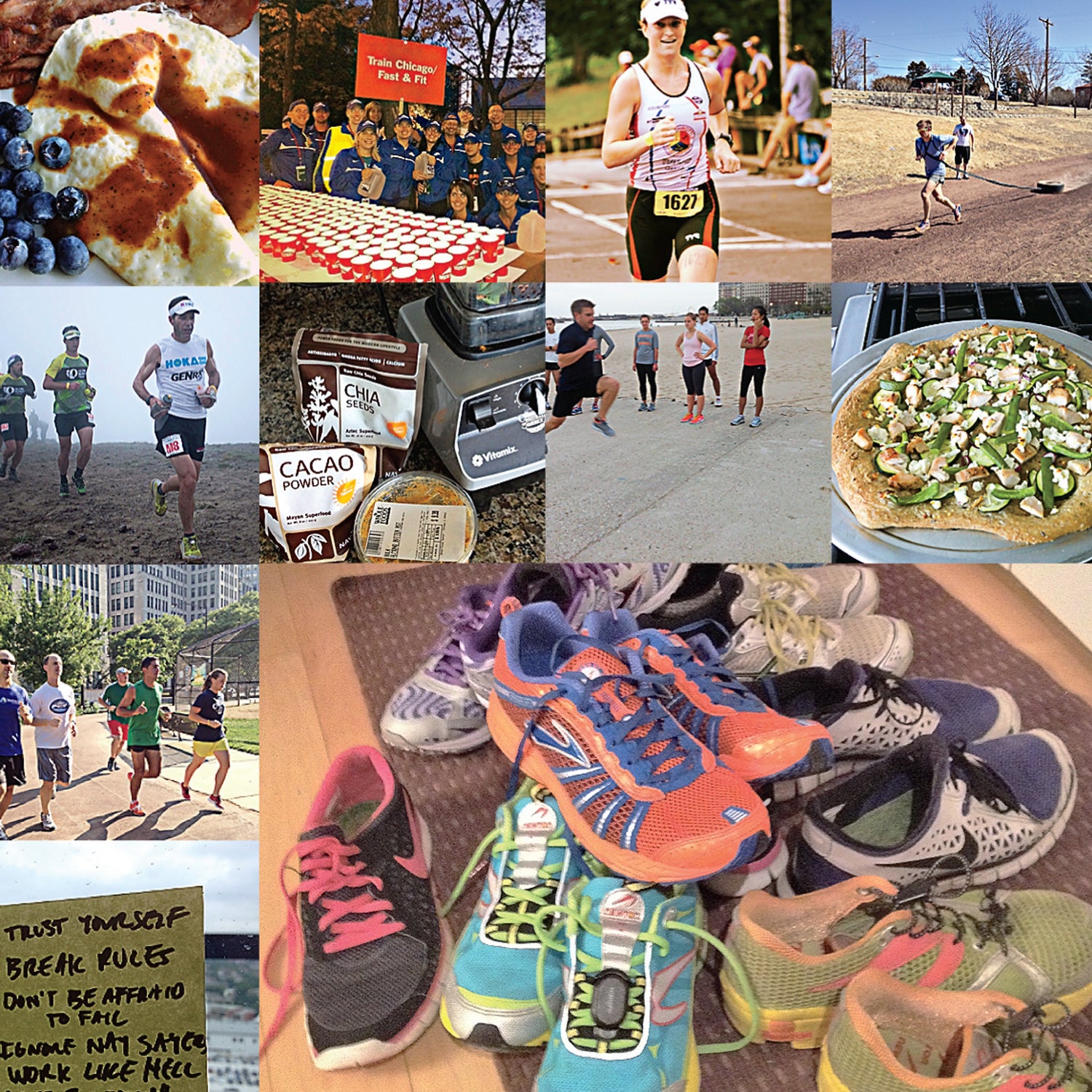Careers? Yep. Kids? A few. Excuses for skipping a workout? Not from these accomplished amateurs. Three of our fittest readers share their secrets for balancing training with a busy life.
Ultrarunning Man
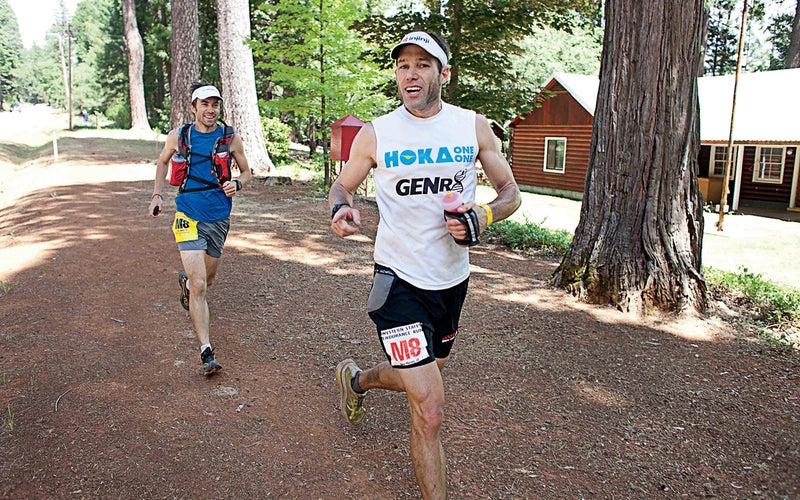
Dave Mackey, 42, Boulder, Colorado: Physician's Assistant, Father of 2
Living in Boulder makes squeezing in a training session outdoors a lot easier. But that doesn't mean it's cake, especially when you're juggling 60-hour-per-week clinical rotations and playing dad to a two-year-old and a four-year-old. But Dave Mackey has done just that while crushing it on the ultra-endurance circuit. So far this year he's run seven ultramarathons, setting the master's course record at the Western States 100 in June and winning the Miwok 100K in May. “I admit I get a lot of support from my wife, who's a stay-at-home mom,” says Mackey. “But when people say they're too busy, I don't buy it. It just takes some priority shifts. Stop playing golf on the weekends or
put down the remote and get outside.”
Plan, but don't obsess. “I have a schedule of how many miles and how much vertical I want to run each week, but I don't track my runs or have a log. Mountain ultrarunning is not that precise a sport.”
Multisport when you can, run when you can't. “This year it's been tough to find the time, but I love to go mountain biking and rock climbing. I've been working nonstop, so running is the perfect exercise for small windows of time. You can do it anywhere—just throw your shoes in your bag and you're ready to go at a moment's notice.”
Sign up for races—lots of them: “My training consists of 50 to 70 miles of running per week, which is low by ultra standards. I get in two or three two-hour runs, plus a few 30-minute runs. But I do a 50 or 100-mile race every other month, so those are my long runs.
Go short to go long. “Once you've got a solid base, instead of logging mega miles, keep the intensity up. Tempo runs with quality leg turnover are great. If I could do a 10K trail or road race every weekend, that would be the ideal training schedule. Those races keep the intensity high and make longer events easier—you kind of have another gear.”
Get dirty. “Ninety percent of my running is on trails. The only pavement I run is whatever road is the straightest line to a patch of dirt. Seeing the mountains and the hills, the adventure that's always out there—it keeps me motivated.”
Deal with it. “The only things that force me inside are wildfires and electrical storms. If it's raining, wear a shell. If it's cold, wear a layer. If it's warm, hydrate beforehand. Just go out and do it.”
Remember why you're out there. “There's a competitive side to this, but mostly it's pure enjoyment. That's the primary reason I train and race. You're not going to stick with it unless you're having fun.”
Food Freak
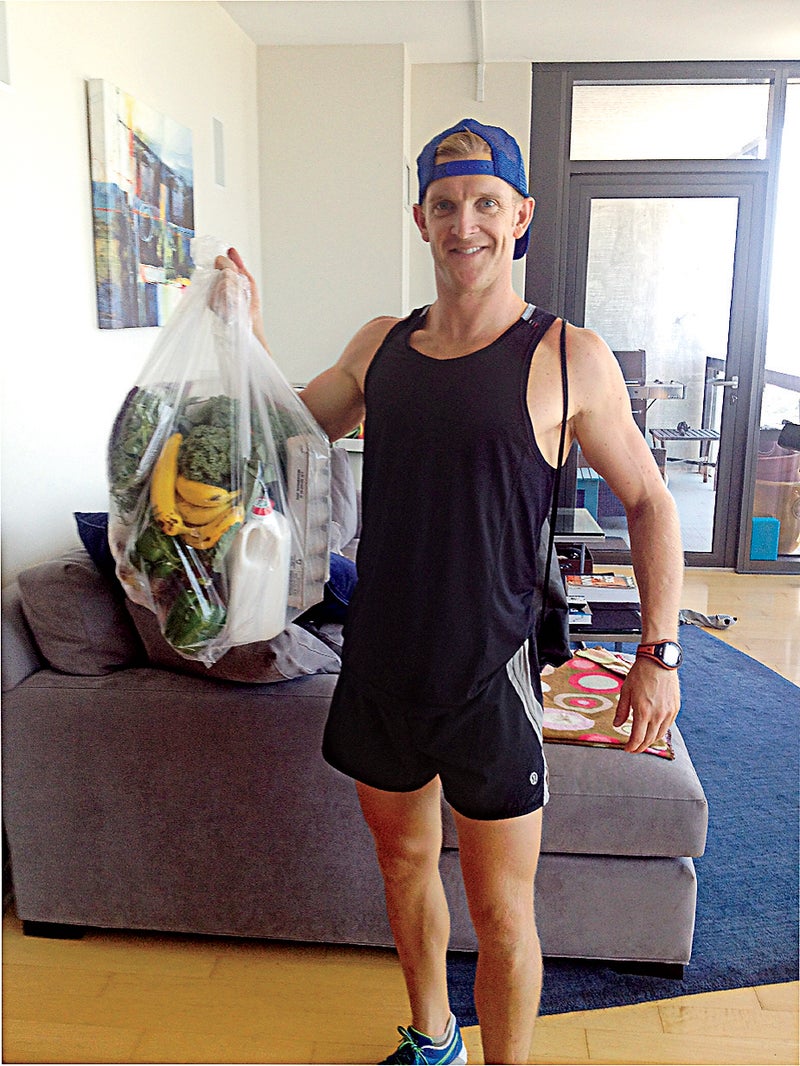
Mike Thomson, 30, Chicago: Owner of Fast and Fit Coaching
Working as a personal trainer gives Thomson a fitness advantage over most business professionals. But it's less than you might imagine. “Training is a job with long hours, just like any other,” says Thomson, who works with clients from six to nine in the morning, then again in the early evening. In between he's at his computer—writing exercise plans, tracking his athletes' progress—and cramming in his own quick gym sessions. As it turns out, his biggest health gain is his diet. Thomson is constantly stressing nutrition to his clients and reminding himself of its importance. “I work with a lot of busy, successful people,” says Thomson. “They're good at sticking to a workout plan because they have their gym time scheduled. Nutrition is much harder.”
Plan your meals like you plan your workouts. “If you're not prepared, it's really hard to eat well. Go into each day with a game plan, otherwise you'll get done with your morning workout and you're like, 'Shoot, the only thing I have access to is a Starbucks.'”
Create a menu. “I have go-to foods that act as guidelines: something like five breakfast options, three snack options, and a few more than that for lunch and dinner. One of my breakfasts is eggs with salsa and sprouted-grain toast with almond butter. For lunch I like something like chicken thighs with quinoa and vegetables. For dinner it's usually a salad with a side of meat—I prefer chicken or fish—and vegetables.”
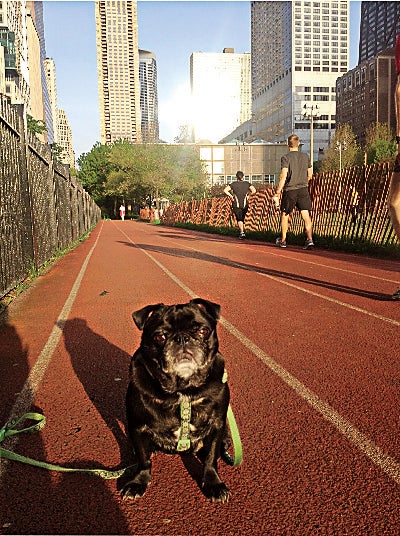
Keep it fresh. “I have a dry-erase board with a set of scheduled meals and a shopping list. I brainstorm my meals and ingredients before I go to the store. That way I don't buy junk. I usually shop twice a week so I have fresh fruits and vegetables available at all times.”
Wake up with protein, avoid red meat at night. “I eat a lot of protein in the morning, like eggs, because it helps get your neurotransmitters and your metabolism going. For lunch I do something simple like a salad with quinoa and chicken for added carbs and protein. If you're going to have a steak, eat it earlier in the day and have fish at night.”
Invest in a good blender. “My best friend these days is my Vitamix. The smoothies: oh, my gosh. I'll add a protein supplement, almond butter, then some sort of greens—I've really been into arugula, spinach, and kale as my base. Then I'll throw in some maca powder, chia seeds, berries, and fish oil, which helps with inflammation. Basically, I put four or five of those ingredients in there. And I don't ever measure. If there was a reality show for who could make the best smoothie, I'd win.”
Cheat strategically. “It's impossible to always stick to the plan. But if you fall off, make sure you fall on the good side. I had dinner with my sister at a restaurant the other night, so I wasn't able to have my planned meal. I had a burger instead. But I ordered a lean elk burger. I made sure to choose something that wouldn't set me back significantly.”
Type-A Tri Chick
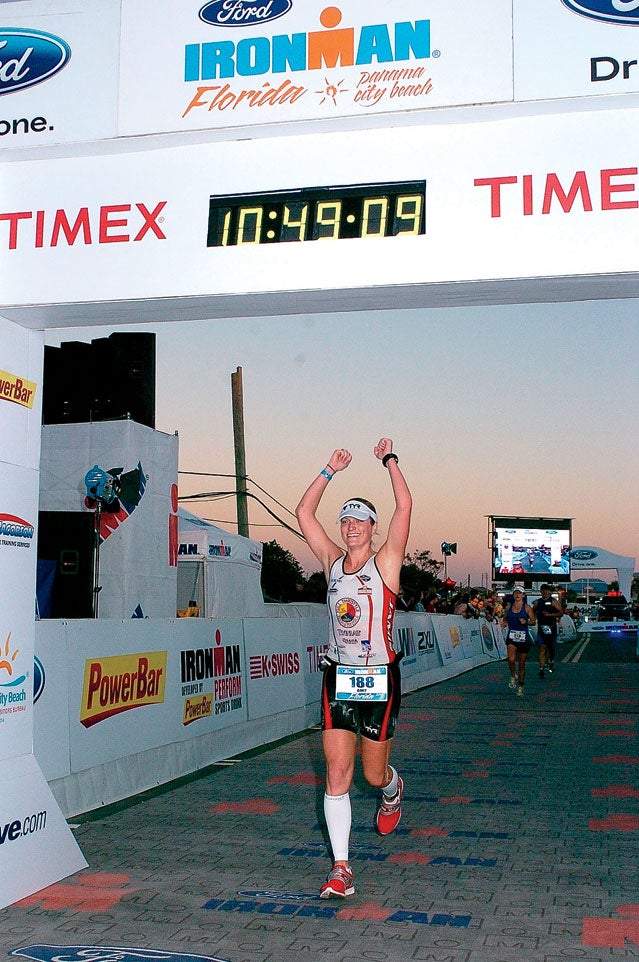
Amy Catlin, 31, New York City: Bond saleswoman
Working long hours on million-dollar deals on Wall Street doesn't exactly encourage work-life balance. But Catlin, originally from Connecticut, has managed to get exceptionally fit between market hours. It didn't come easily. During her first year in Manhattan, in 2003, she didn't work out at all. But listlessness gave way to restlessness, and in 2008 she ran the New York City Marathon. The next year she entered her first triathlon. What began as the occasional ski trip out west became a winter weekend routine: she flies Friday red-eyes to Salt Lake City or Jackson, Wyoming, and returns on Sunday nights. (She has racked up 20-plus ski days a year since 2010.) In 2011, she completed the Florida Ironman in 10:49:10 and won her age group in the New York City Triathlon, an Olympic-distance race. And she did both while logging an average 60 hours a week at work. “When you have a lot going on, you're forced to be efficient,” Catlin says.
First, set up a routine. “Trading-floor hours are 7 a.m. to 6 p.m., which means I need to fit in workouts before or after that. That makes things simpler. I swim Monday, Wednesday, and Friday mornings at 5:45. On Tuesday and Thursday I bike in Central Park, getting in four or five loops before work. When I was training for the Ironman, I ran at night and did longer rides on the weekend.”
Then learn to improvise: “Last summer I was in six weddings, but I found ways to schedule training. I'd bring my bike for a Saturday ride, then on Sunday I'd do a run. I was usually tired, but my mentality was, you're never going to feel fresh during the run in a triathlon. Deal with it. Of course, sometimes there's literally no time for a workout, but recovery is just as important as training, so those become my rest days.”
Join a team. “I train with a team called Full Throttle Endurance. If everyone is expecting to see you at the pool, it's easier to get out of bed. With biking you can organize a paceline, which makes it more fun. Plus, most of the people in your life won't be able to relate to your struggles. Your team can, and that's reassuring.”
Plan, plan, plan. “Friends make fun of me because I have the next six months' worth of weekends blocked out in my calendar. But if you plan in advance, you can get flights for significantly cheaper, and then you have a fun weekend of skiing or racing to look forward to.”
Don't beat yourself up. “If you try to make up every workout you miss, you're going to become overwhelmed. When work gets in the way or a dinner is scheduled that you can't miss, just move on. That will keep you sane.”
The Other Everyday Experts
Recovery: “Spend most of your available training time (ATT) on the sport you're competing in (60 to 70 percent of ATT), and add in adequate time to cross-train (15 to 20 percent of ATT). The rest should be spent on active recovery—acupuncture, massage, even an ice bath. Recovery is the key ingredient missing in most people's routines.” —Charles Lantz, fitness coach, San Francisco
Rehab: “Ride a bike—it's easy on your body. I'm currently recovering from a torn ACL and lateral meniscus; the only exercise OK'd by my doctor was biking. I get a great cardio workout and strength training in my legs.” —M. K. Taylor, waiter, Jackson, Wyoming
Engagement: “The secret is in finding things you love and doing them once a day. Personally, I enjoy surfing, snowboarding, mountain biking, sailing, and hiking. Exercise should be inspiring, not drudgery.” —Mike Lamar, software developer, Felton, California
Strategy. “I breathe. When beginning a race, I immediately start breathing more heavily than the field. I'm huffing and puffing, not because I'm out of breath but because I like increasing my oxygen supply before my body starts screaming for it.” —Michael Steeves, personal trainer, North Palm Beach, Florida
Protection. “Get yourself a set of compression shorts. Whether wrecking on a wakeboard crotch-first, having a racquetball slam into your jewels, sitting in a bike saddle for hours on end, or just trying to keep the dangle in your gym shorts a little less obvious, they are crucial.” —Andrew Hosford, high school teacher, Sequim, Washington
Motivation. “Register for a race. Then post your goal on every social-media platform you use. There's nothing like Facebook accountability to get you across the finish line, even if you have to crawl.” —Madeline Guzzo, writer, Truckee, California


